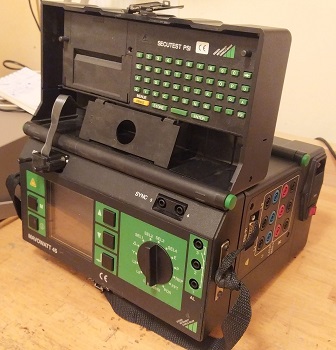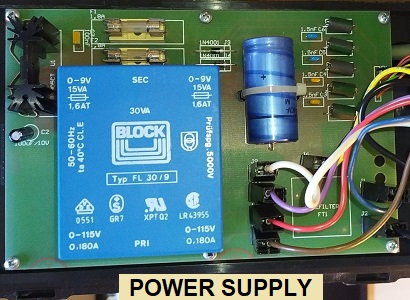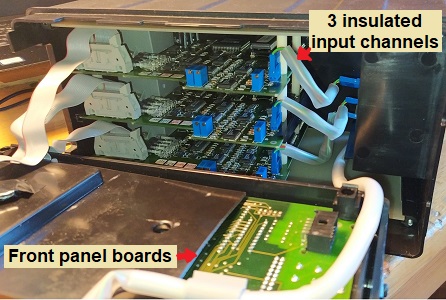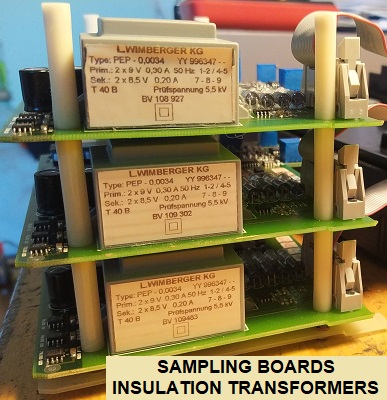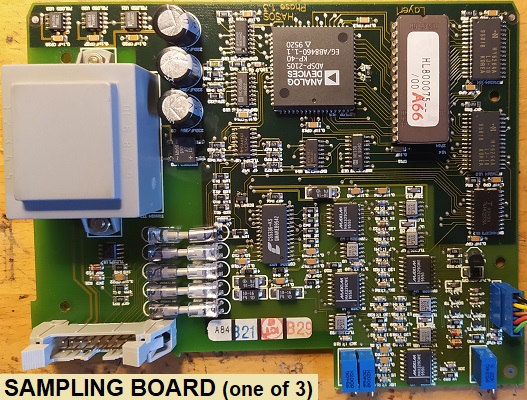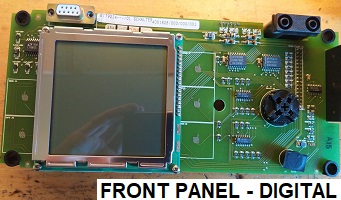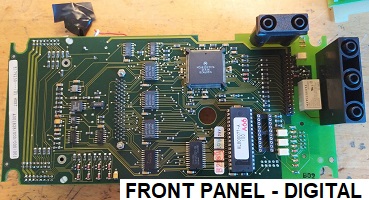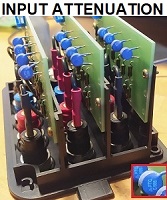GOSSEN METRAWATT MAVOWATT 45:
A three-phase wattmeter capable of power monitoring, FFT and transient analysis.
REPAIR:
When arrived it would boot only after power cycling multiple times, but no readings were showed.
After tearing it apart I found the backup battery dead, but this should be needed only to keep in memory the settings and to run the RTC.
After some visual inspection I noticed that the big filter electrolytic capacitor present on the power supply had a broken solder joint! Flushing the broken solder
joints and replacing the dead battery (SL-389) with a “temporary” CR2025 that brought it back to life!
After ensuring the complete functionality I ordered a SL-750 (3.6V 1.1Ah 85°C not rechargeable) battery to replace the previus one.
TEARDOWN:
Starting from the power supply, which consists in a step-down insulation transformer, bridge rectifier, 5V regulator, some caps and fuses. It outputs 5V regulated, 13V non regulated and 18Vac. DC voltages are used by the front panel (all digital). 18VAC are feed to three small insulation transformers (5.5kV insulation) that supply power to the analog section (sampling boards) and ensure the necessary phase-phase insulation (one board per phase).
The three small insulation transformers are kept in position by screws and nuts (no washer). All of them were loose, one of the nuts was lying around. Not nice for an instrument intended to operate in high energy circuits.
Each channel (phase) uses a 16bit 50kHz stereo ADC to sample the input signal. The digitised signal is then sent to the front panel microcontroller via insulation optocouplers.
There is no shielding covering the sensible circuits but this gave me no problems, even in noisy environments worked well (manual specifies that it shouldn't be used in proximity of high electric fields).
REVIEW:
After all those years is still well within specs, no calibration required (luckily for me since there's no calibration procedure).
All three channels are totally insulated, channel 1 will set the measurement period/frequency and all six measurement values are integrated simultaneously. This is a convenient feature when you need to measure transformers ratio, efficiency, power supply's efficiency (you can measure AC with one channel and DC with another) and much more.
The interface is not that intuitive, after getting used to it the configuration process remains slow. There are some bugs, during important measurement
it is better not to touch anything. Once I was measuring the energy consumption of a device, switching from the energy display to FFT caused
a massive error in the energy counter (it went from tens of Wh to hundreds of MWh!).
That's easily avoidable thanks to 4 custom selections where you can choose all the values you need. These values are saved in the buffer
and can be recalled in a live graph/list.
FFT, under/over voltage and spike analyzer are optional, and I haven't used them yet.
Published: 2023-04-01

